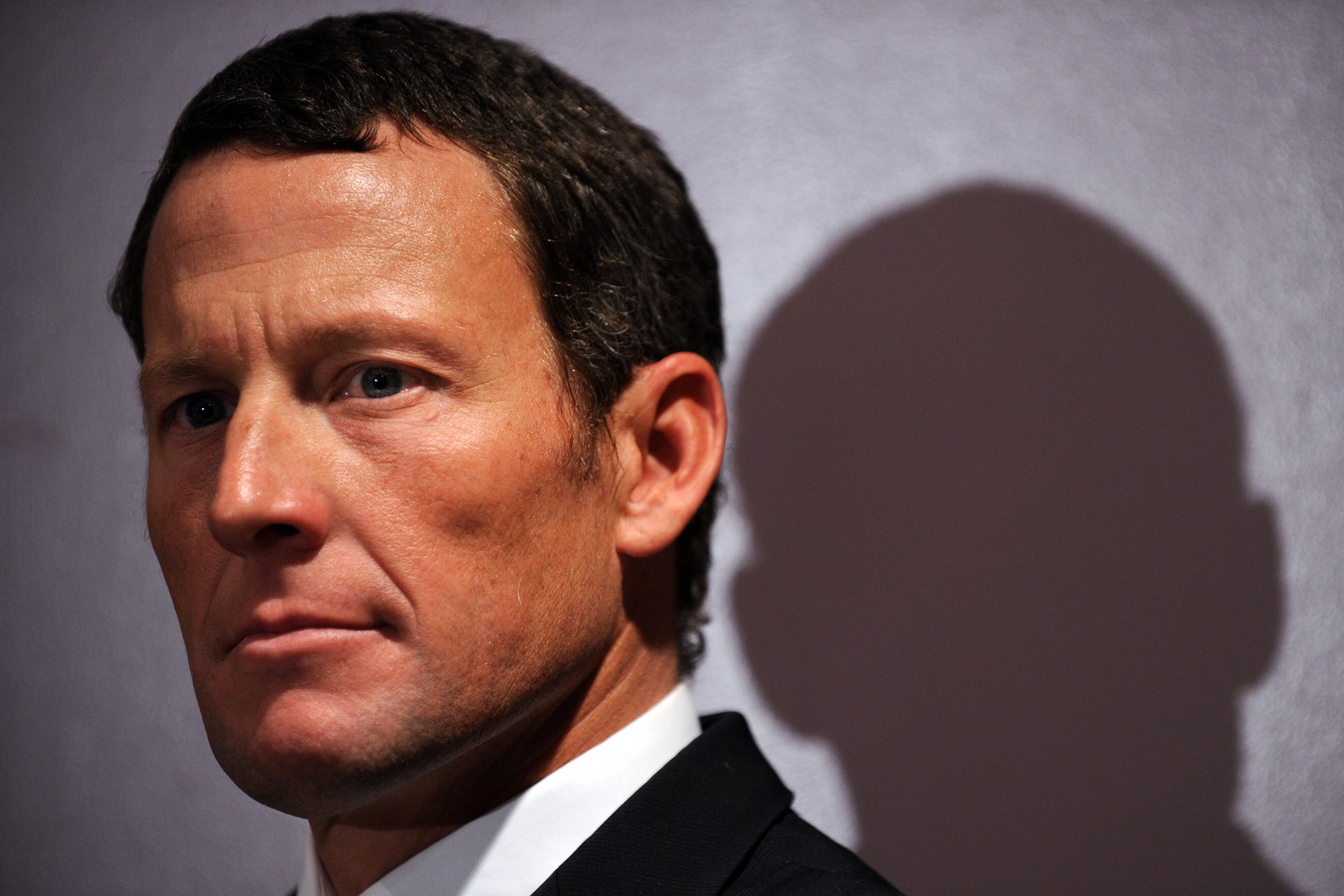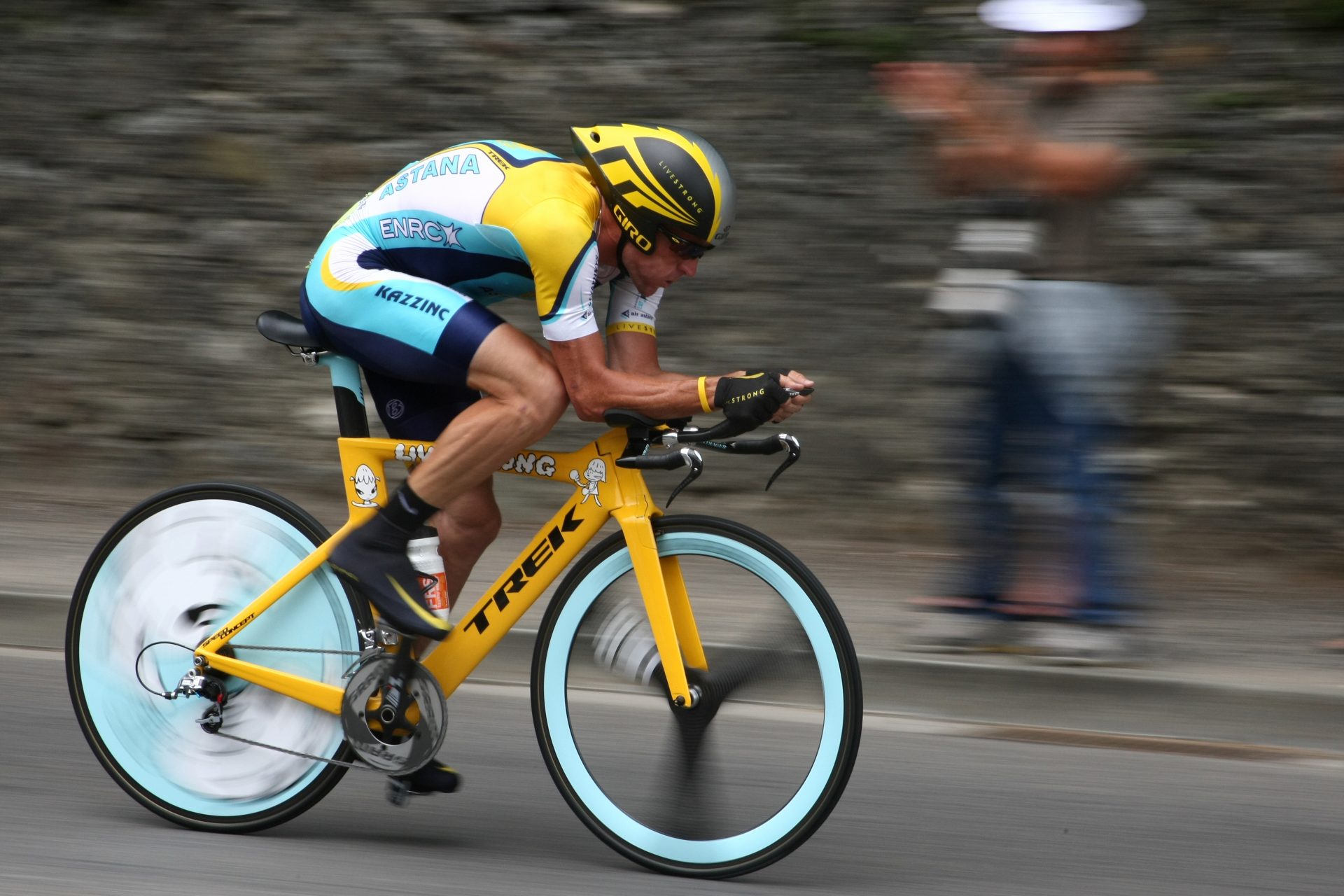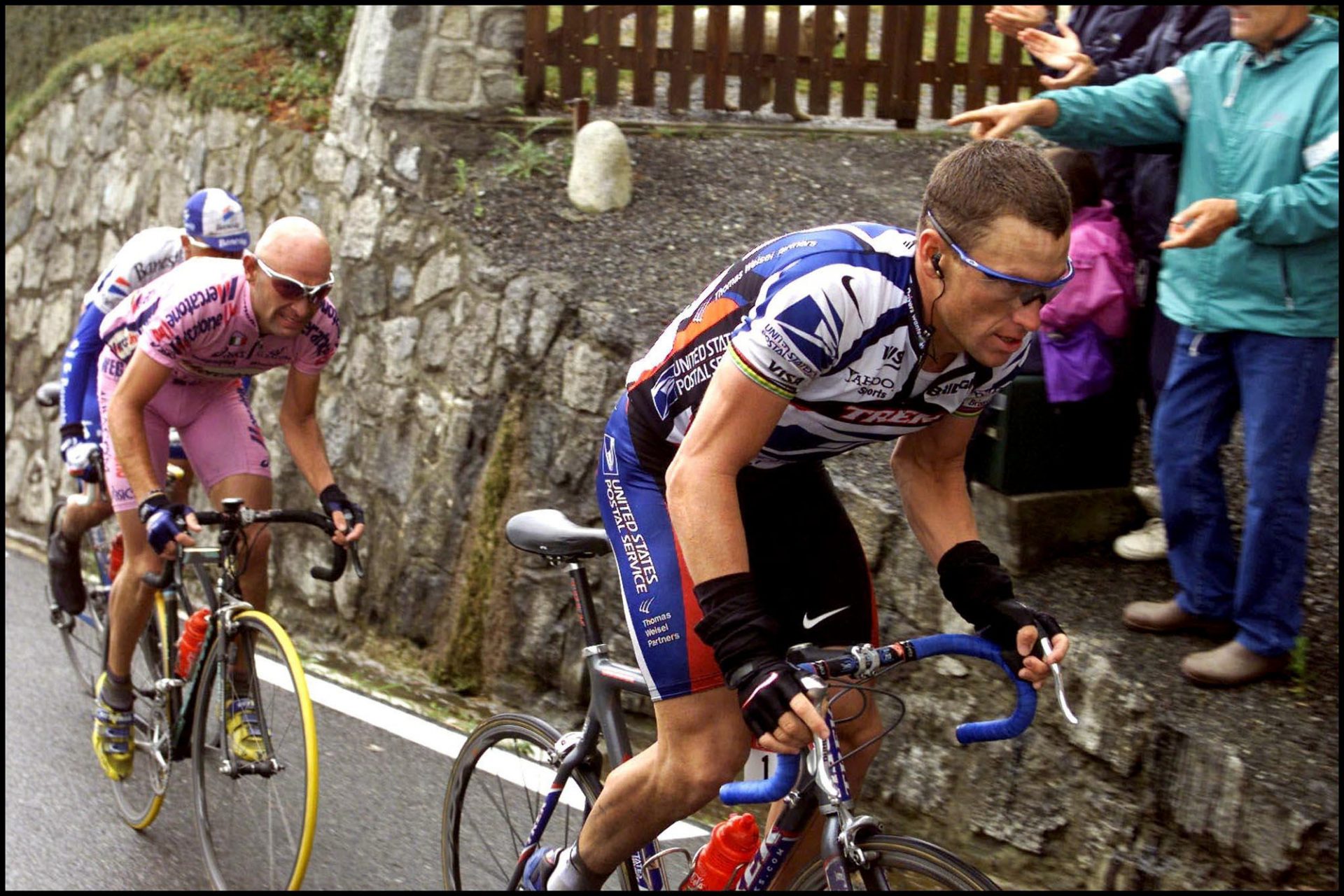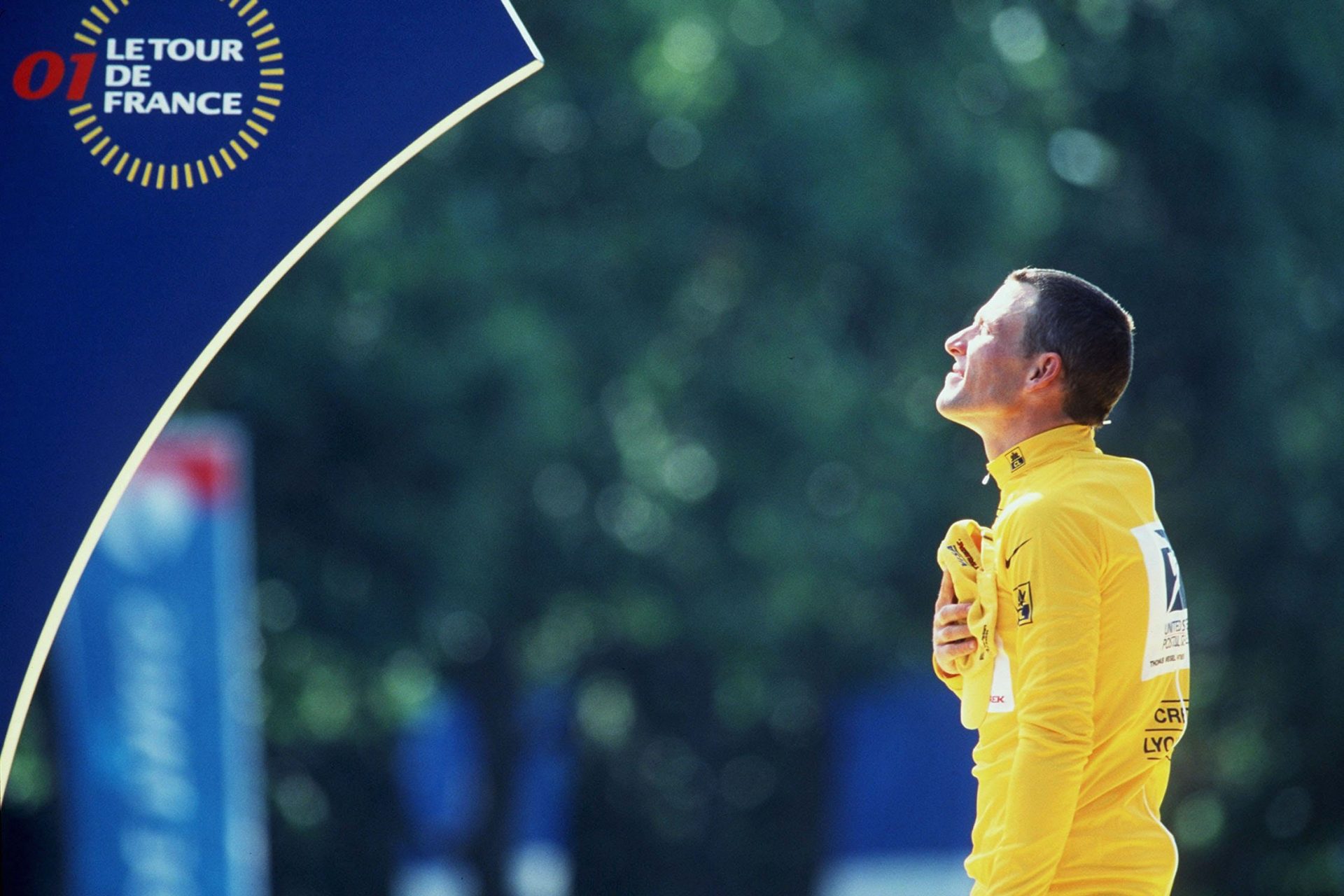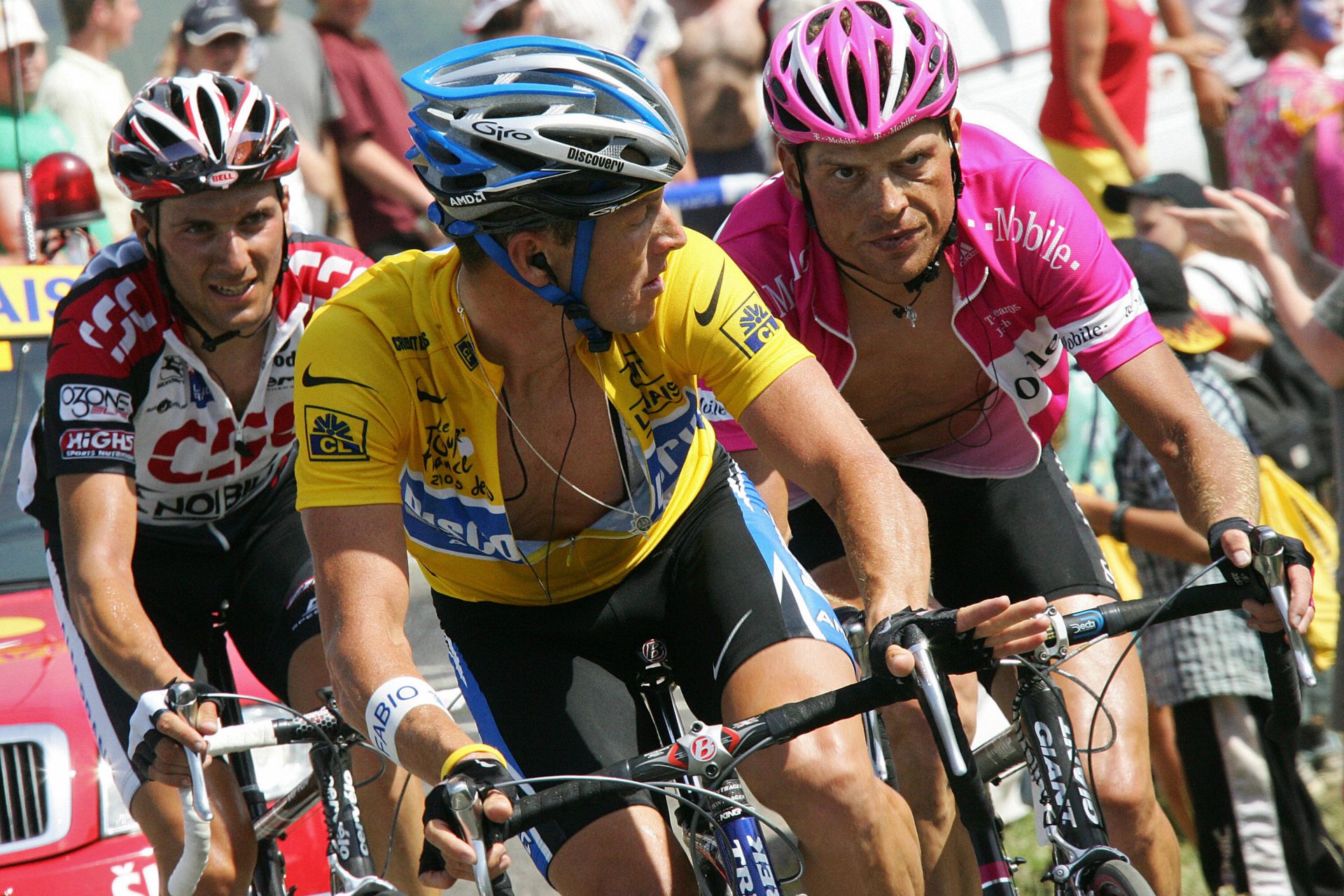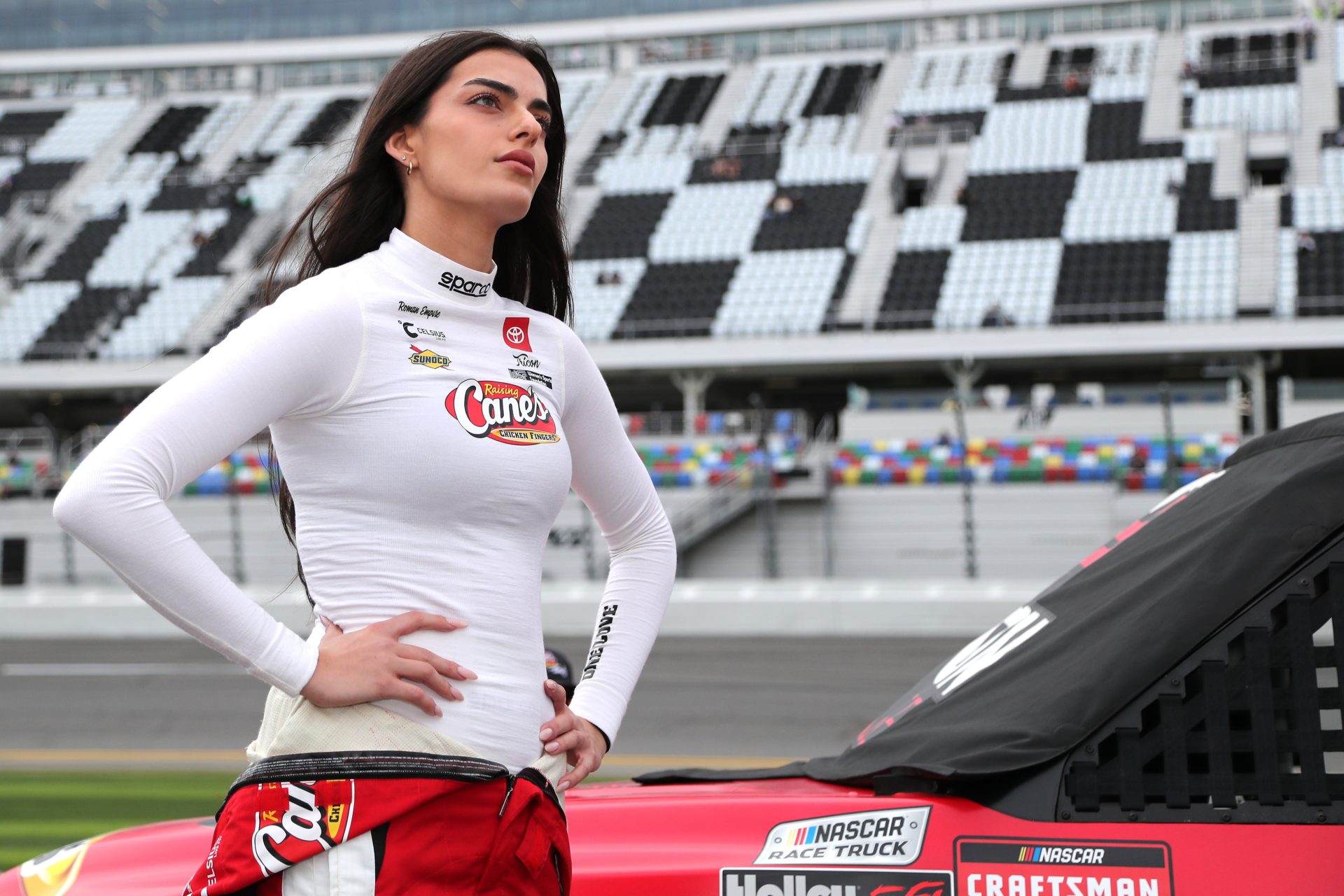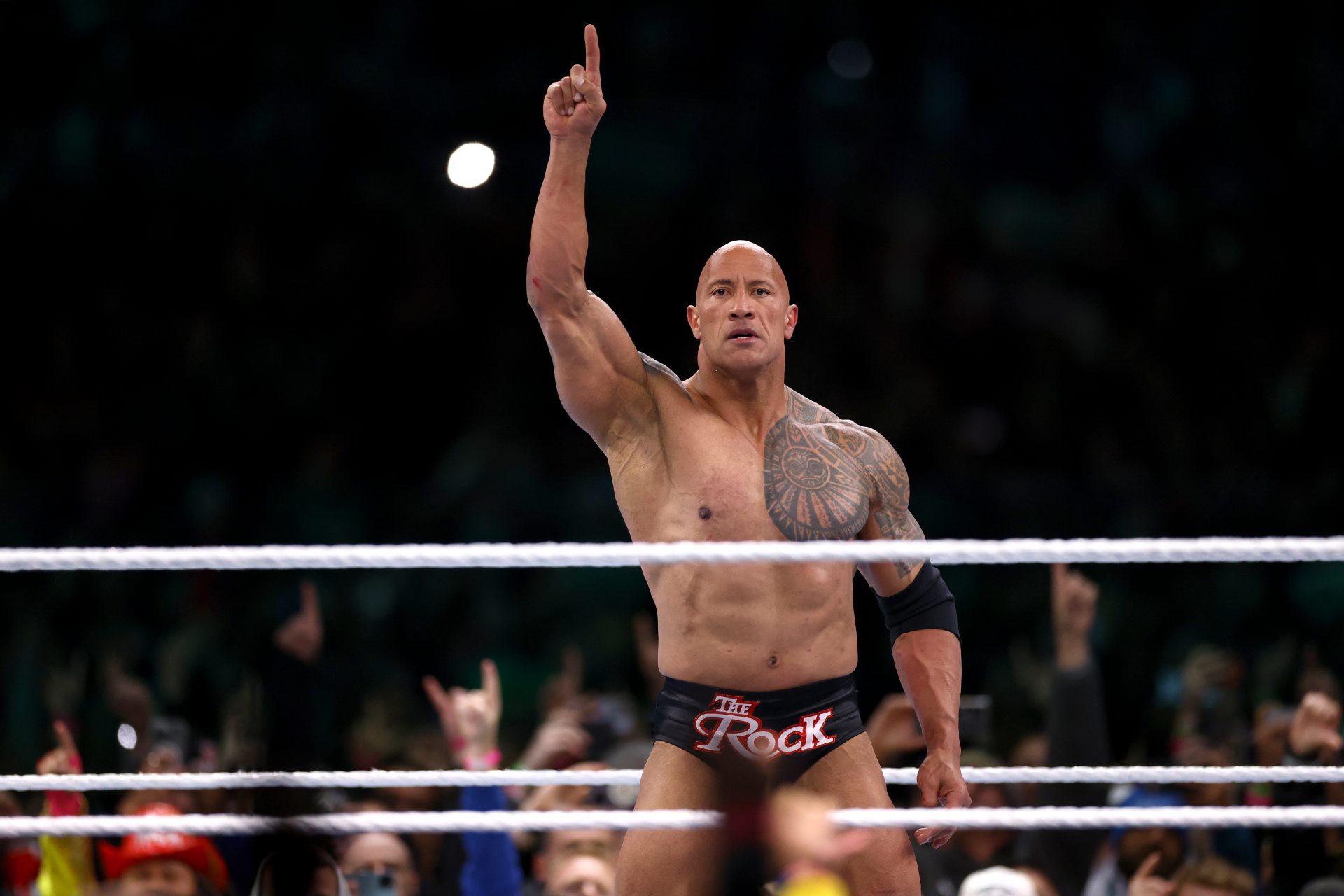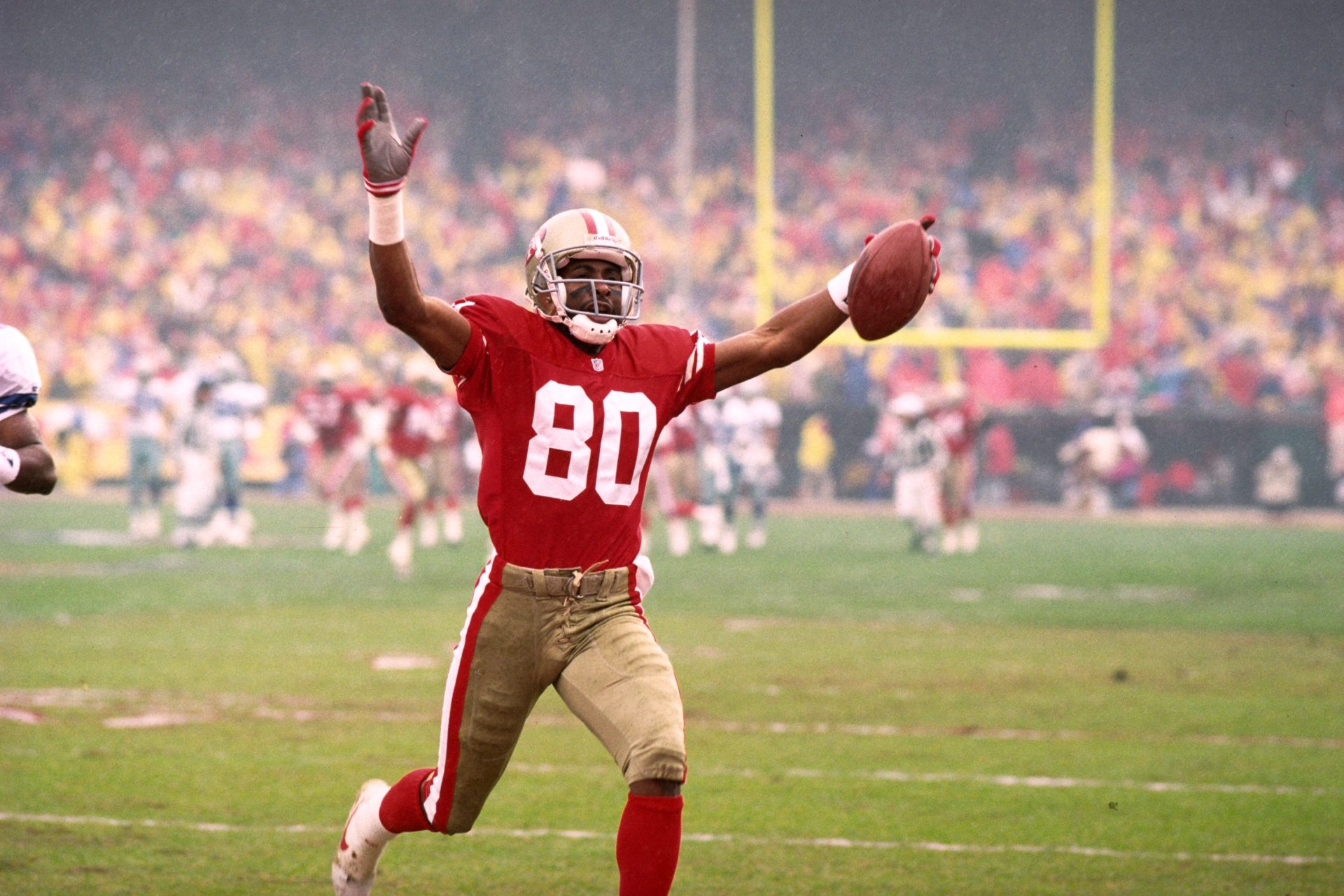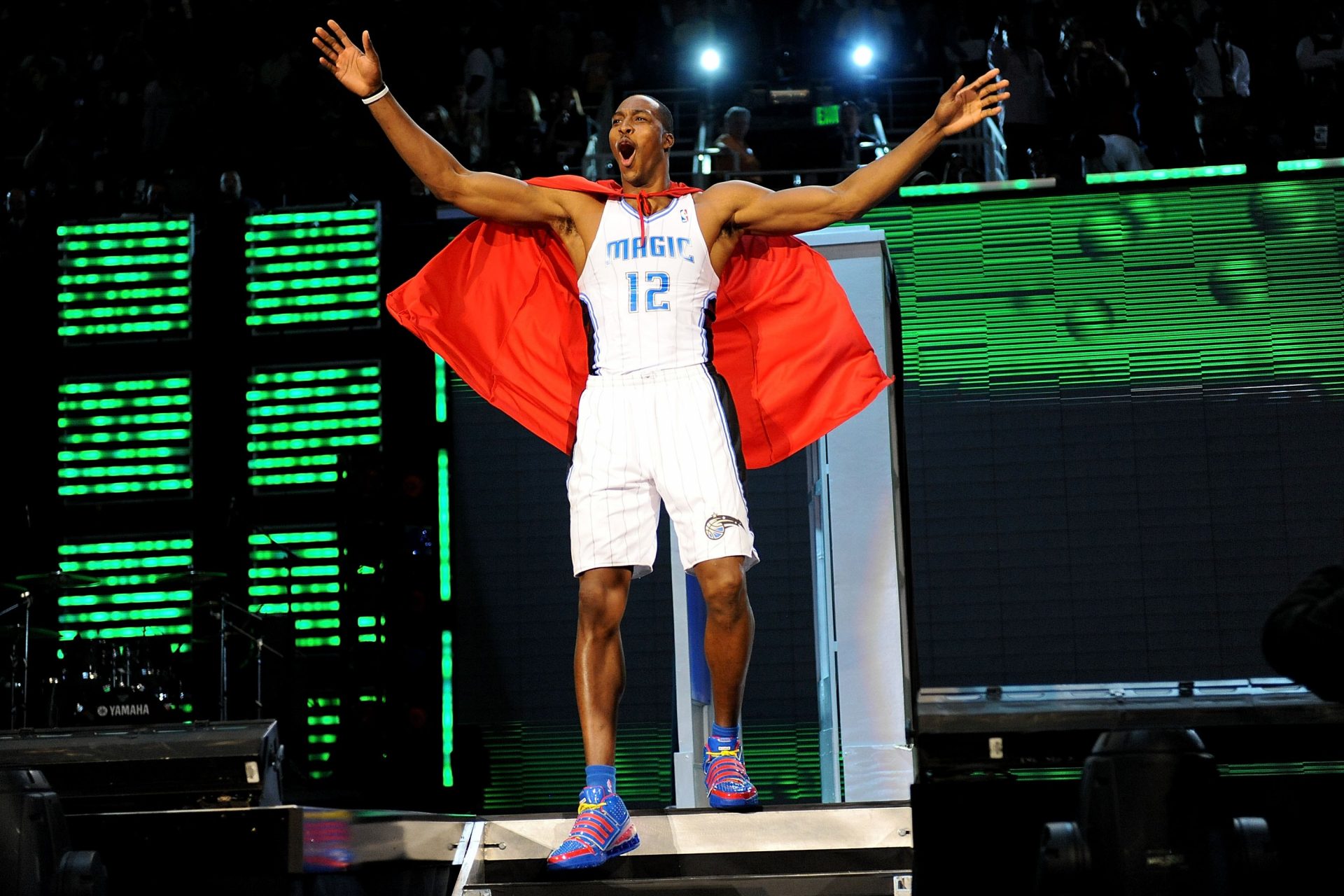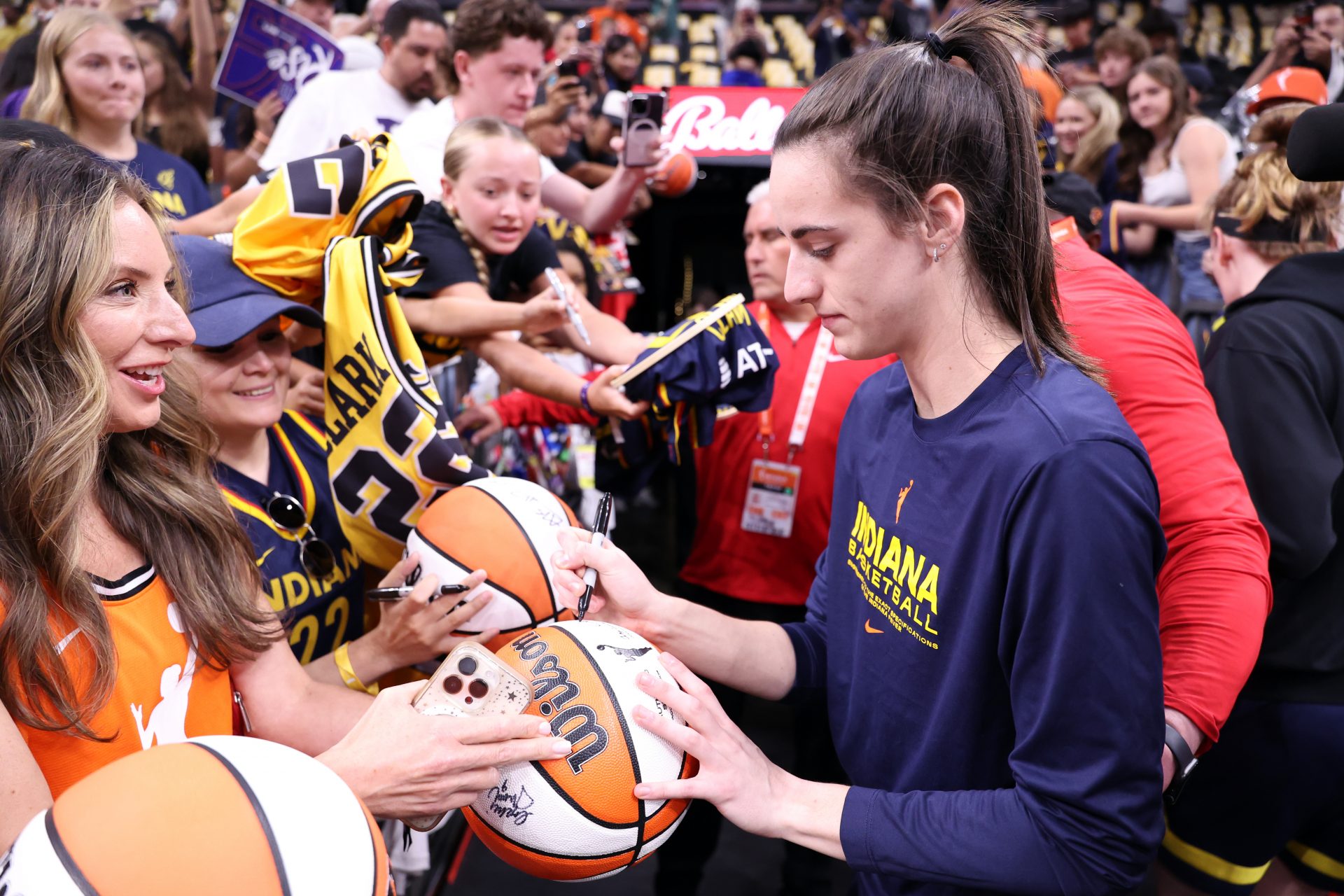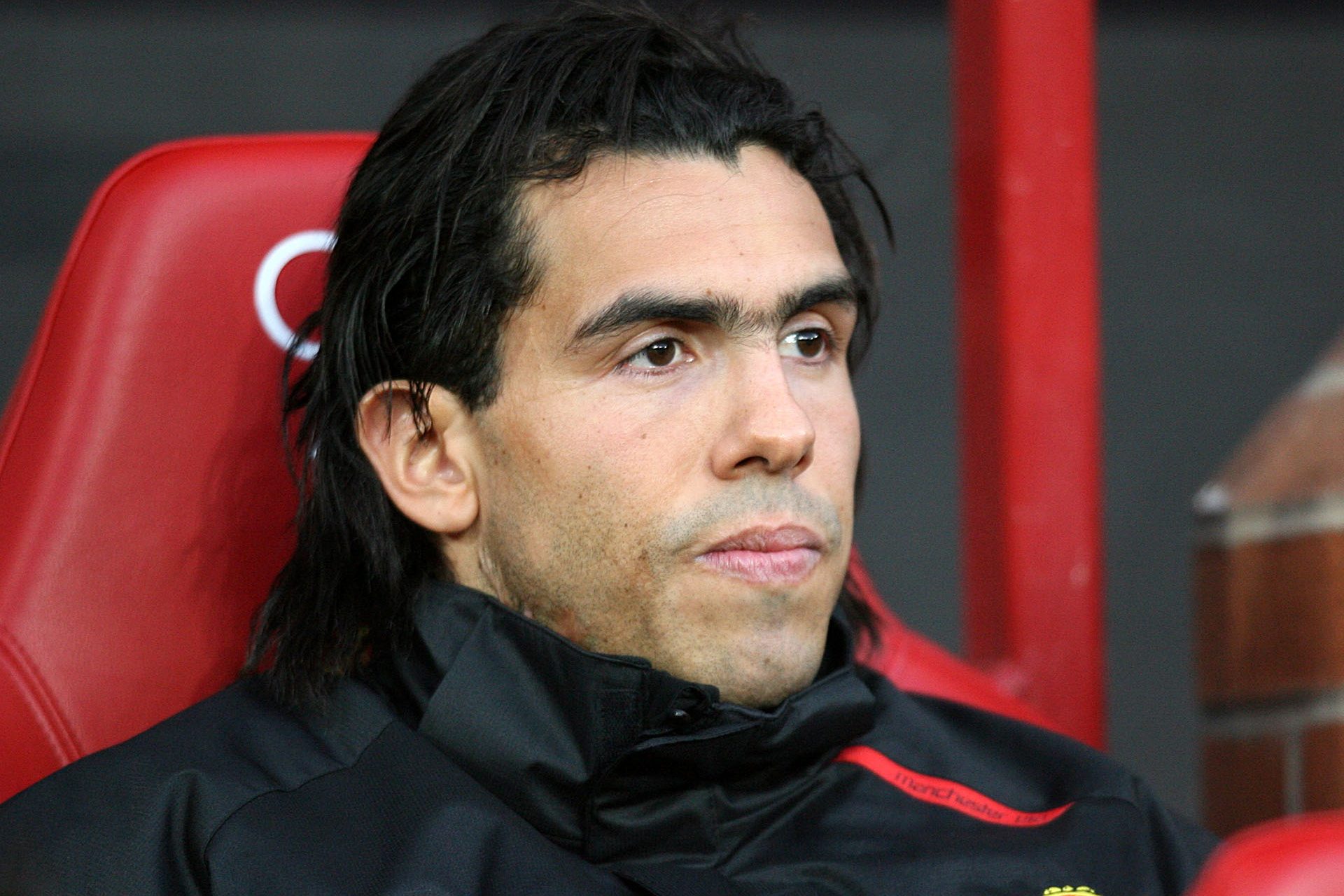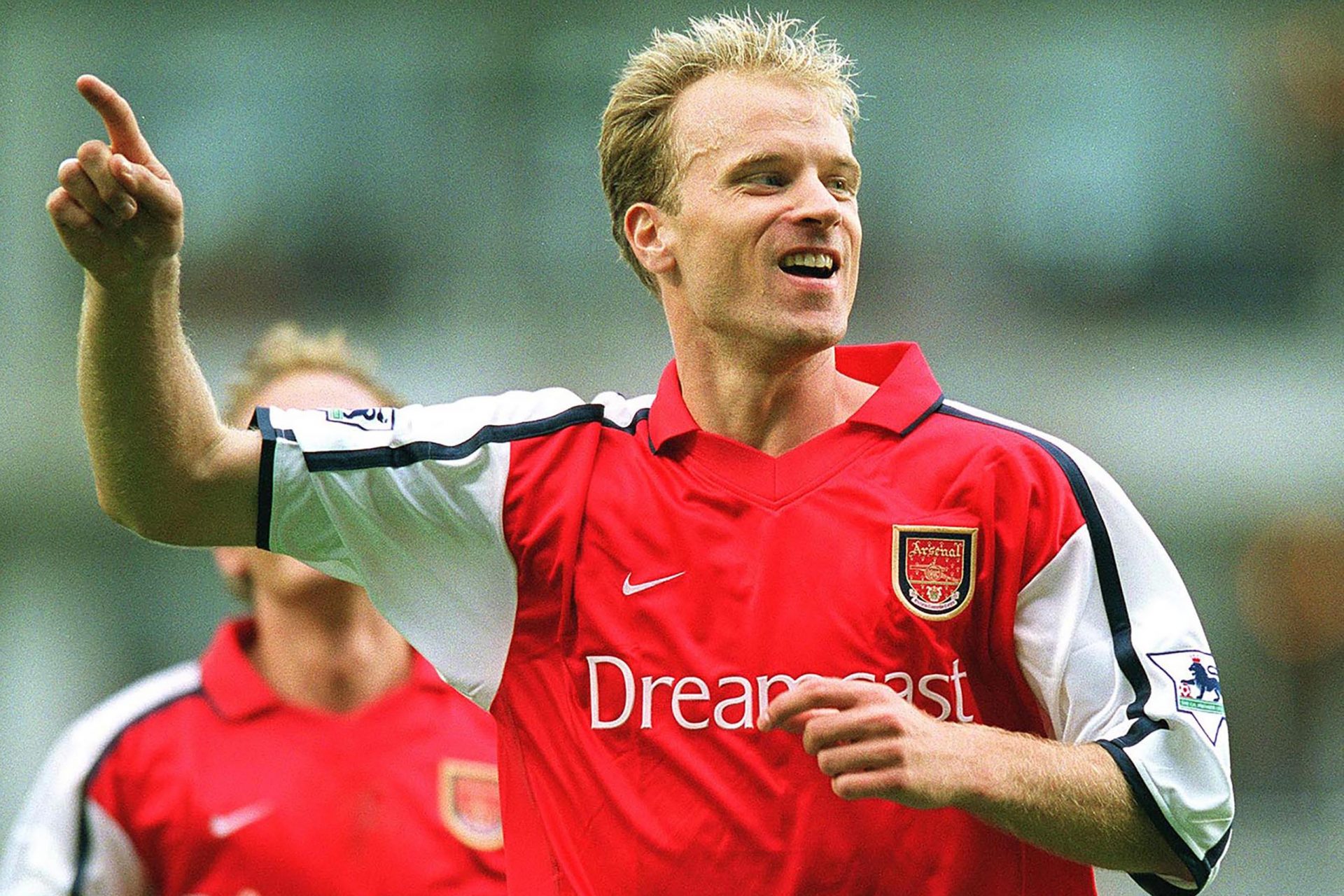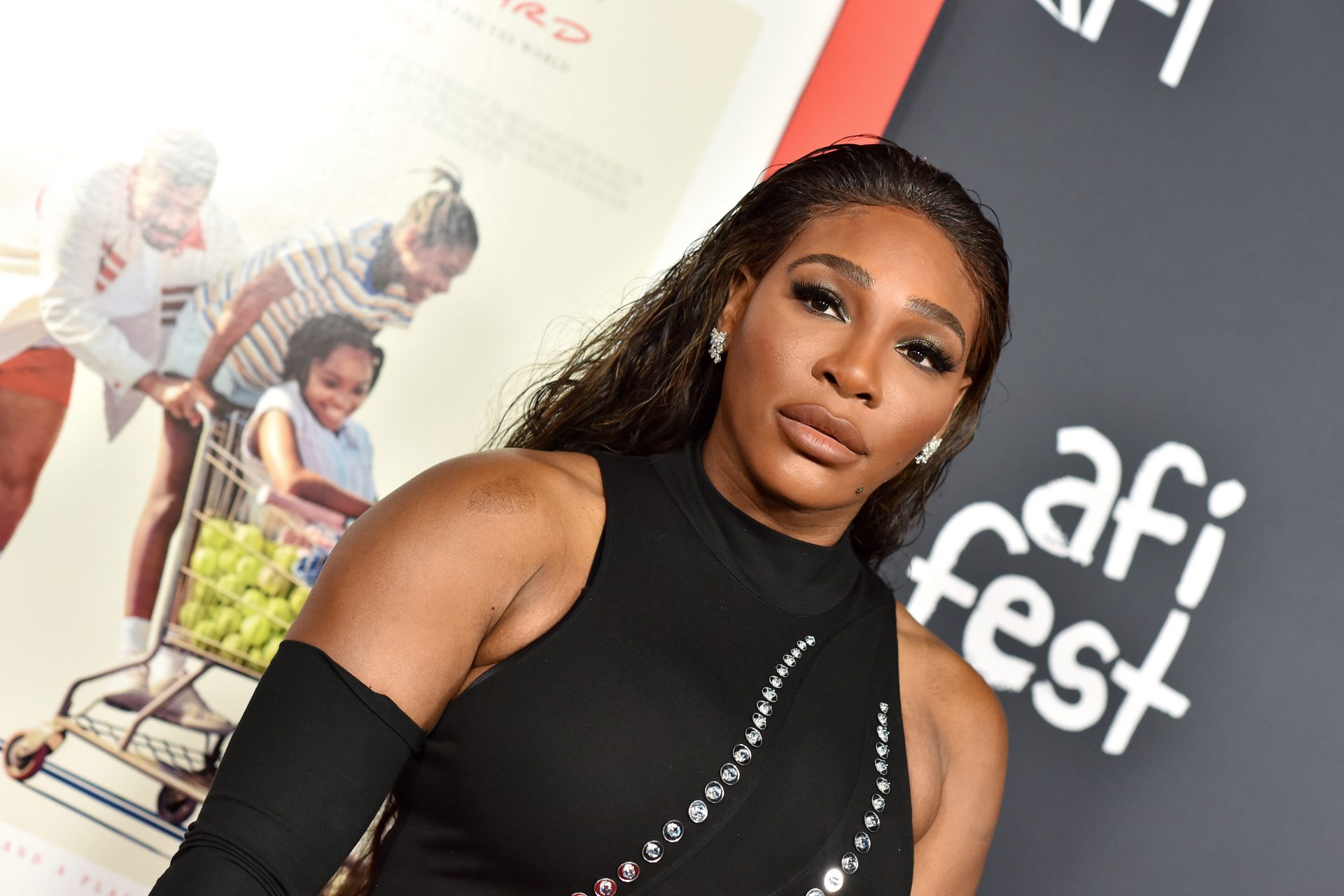How disgraced cycling champ Lance Armstrong beat doping tests
Disgraced cycling champion Lance Armstrong had an unmatched career in cycling until it all came crashing down after it was revealed he had used performance-enhancing drugs for the majority of his time at the top of the cycling world. Not only was he unmatched in performance, but also his ability to beat drug tests.
The seven-time Tour de France winner was stripped of all his titles in 2012, and since then curiosity has mounted as to how he got away with it all these years. Well, Armstrong revealed exactly how he managed to evade detection for the drugs for so long on the Bill Maher-hosted 'Club Random' podcast in December 2023.
"It's not so much masking [the drugs you have taken]," Armstrong explained. "In a sense, you would foil the system, but what I always said—and I'm not trying to justify what I ever said as something I would want to repeat again—but one of the lines was, 'I've been tested 500 times and I've never failed a drug test.'"
Want to see more like this? Follow us here for daily sports news, profiles and analysis!
"That's not a lie. That is the truth. There was no way around the test. When I p***** in the cup and they tested the p*** in the cup, it passed. Now, the reality and the truth of all of this is, some of these substances, primarily the one that is the most beneficial, has a four-hour half-life. So certain substances, whether it be cannabis or anabolics, or whatever, have much longer half-lives."
Armstrong told Maher that he was just one of the "thousands" of endurance athletes who used the drug erythropoietin (EPO). According to the Anti-Doping Agency (USADA), EPO is used to "increase one's red blood cell mass, which allows the body to transport more oxygen to muscles and therefore increase stamina and performance."
"With EPO—which was the rocket fuel that changed not just our sport but every endurance sport—you have a four-hour half-life, so it leaves the body very quickly," Armstrong said. "With a four-hour half-life, you can just do the math."
We'll never know if Armstrong could have reached the levels he did without doping, given the sheer number of his competitors who were also implicated in doping. Despite the disgrace, Armstrong's career was unparalleled, let's take a look back at how it all unfolded.
Long before Armstrong was racing bicycles in France, he was competing as a triathlete in the United States and had become a national champion by the time he turned sixteen, according to his Wikipedia page.
Armstrong's professional cycling career only began in 1992 after he joined Motorola's professional team and found success in his early years, winning several road races between 1993 and 1995.
Want to see more like this? Follow us here for daily sports news, profiles and analysis!
Though Armstrong never completed a full Tour de France in his early professional career, he was looked upon as a future great until the revelation of his cancer diagnosis.
In 1996, tragedy struck when Armstrong was diagnosed with an advanced form of metastatic testicular cancer. But Lance refused to let his diagnosis rule his life.
Doctors removed the cyclist's affected testicle one day after his diagnosis, according to NBC Sports and began his first round of chemotherapy just five days after the surgery.
"I will win," Armstrong told reporters at a press conference. "I intend to beat this disease, and further, I intend to ride again as a professional cyclist."
Armstrong would eventually beat his cancer and in 1997 he set up the Lance Armstrong Foundation, which would later be renamed Livestrong.
Want to see more like this? Follow us here for daily sports news, profiles and analysis!
In 1998, Armstong returned to the world of professional racing and showed that his cancer hadn't taken away his edge. Lance finished fourth at the Vuelta a España, according to NBC Sports. But it was the following year that would change Armstrong's life forever.
Despite all the odds being stacked against him, Armstrong won his first Tour de France in 1999, and from that moment on his popularity became unstoppable.
"I hope it sends out a fantastic message to all survivors around the world," Armstrong told listeners at the finish line of the race in Paris. "We can return to what we were before -- and even better." But did Armstrong return to what he was before, or did he have help?
It was during this race that Armstrong faced his first public accusations of using performance-enhancing drugs after a small amount of corticosteroid was found in one of his urine samples, according to NBC Sports, an accusation that he fiercely denied.
"There's no secrets here," Lance said after Stage 14 of the race, as reported by NBC Sports. "We have the oldest secret in the book: hard work."
In 2000, Armstrong won the Tour de France again, and in a January commercial for Nike, he attacked his critics and addressed the growing accusations he faced over claims that he was using performance-enhancing drugs.
"Everybody wants to know what I'm on," Armstrong said in the commercial. "What am I on? I'm on my bike, busting my a** six hours a day. What are you on?"
Want to see more like this? Follow us here for daily sports news, profiles and analysis!
During the next five years, Armstrong continued to dominate the professional cycling world, winning five more Tour de France titles and starting what was arguably the most successful athletic-based charity in the world.
Livestrong's yellow bracelet campaign paired with Armstrong's success on the track transformed the athlete's cancer charity, raising millions of dollars and giving as many more people hope that they could get better.
Armstrong retired after his seventh Tour de France win to focus on his charity work but made a now-famous dig at his doping critics in his victory speech, stating: "The last thing I'll say, for the people that don't believe in cycling, the cynics and the skeptics, I'm sorry for you. I'm sorry you can't dream big. And I'm sorry you don't believe in miracles."
In 2008, Armstrong announced his return to professional cycling, and with it came his eventual downfall as the world learned about his hypocrisy and lies.
Armstrong would finish in third place during his first Tour de France back, and finished twenty-third the following year. Shortly after the 2010 Tour de France, Armstrong's teammate Floyd Landis sent his now infamous letter to the United States Anti-Doping Agency, informing them of his and Armstrong's use of performance-enhancing drugs.
In 2011, Armstrong retired from cycling again and in 2012 he was permanently banned from competing professionally for life. All titles Lance won after 1998 were revoked, including his seven Tour de France wins.
Armstrong continued to deny allegations that he had used performance-enhancing drugs for a time. But eventually confessed everything during an interview with Oprah in 2013.
"My cocktail, so to speak, was only EPO. But not a lot, transfusions, and transfusions. Which, in a weird way, I almost justified because of my history, obviously, with testicular cancer," Armstrong said.
"I will spend the rest of my life trying to earn back trust and apologize to people for the rest of my life," Armstrong added. Sadly, it wasn't the doping that ruined him, but rather his hypocrisy in the face of what he came to represent to people.
Want to see more like this? Follow us here for daily sports news, profiles and analysis!
More for you
Top Stories



